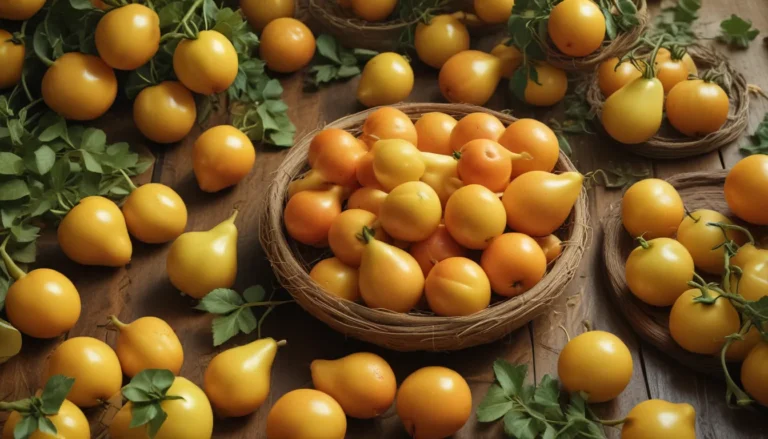How to Revive and Care for Tillandsia Air Plants

Are you a fan of unique houseplants that can thrive without soil? Tillandsia air plants might be the perfect addition to your indoor garden. These fascinating plants rely on air circulation, moisture, and sunlight to survive, making them a fun and eye-catching choice for any space.
In this comprehensive guide, we will discuss everything you need to know about growing and caring for Tillandsia air plants. Whether you’re a beginner or a seasoned plant parent, this article will provide valuable information to help you keep your air plants healthy and thriving.
What You’ll Learn
- Tillandsia Air Plant Basics
- Dehydration Symptoms and Rejuvenation
- Recognizing and Remediating Oversaturation
- Additional Factors
Let’s dive into the world of Tillandsia air plants and explore how to keep these unique plants happy and thriving in your home.
Tillandsia Air Plant Basics
Tillandsia air plants belong to the Bromeliaceae family and come in two main types: xeric and mesic. Xeric varieties thrive in bright sunlight and can withstand low moisture conditions thanks to their prominent trichomes. On the other hand, mesic species prefer consistent moisture and dappled sunlight, making them ideal for rainforest environments.
To care for your Tillandsia air plants, ensure they receive bright, indirect sunlight, proper air circulation, and adequate moisture. Xeric plants do not require as much humidity as mesic plants, so it’s essential to maintain the right conditions for each type to thrive.
When watering your air plants, be mindful of the water quality and use non-chlorinated water to avoid harming the plants. Additionally, fertilize your air plants monthly with a diluted liquid houseplant or bromeliad fertilizer to provide essential nutrients for optimal growth.
Proper drying is also crucial when caring for air plants to prevent rotting. Make sure to shake off excess water and allow the plants to dry thoroughly before returning them to their display location. By following these basic care tips, you can ensure that your air plants remain healthy and vibrant.
Dehydration Symptoms and Rejuvenation
If your air plants are showing signs of dehydration, such as dull foliage, brown tips, or leaf curling, it’s essential to act quickly to prevent further damage. Start by removing any dead foliage with sanitized scissors and submerge the plants in water overnight. After soaking, dry the plants thoroughly and return them to their location once they are completely dry.
Recognizing and Remediating Oversaturation
On the other hand, if your air plants are oversaturated, you may notice swollen foliage, mushiness, or discoloration. To remedy oversaturation, remove any mushy foliage, dry the plants carefully, and place them in bright, indirect sunlight to aid in recovery. Skipping one week’s watering may also help prevent further issues related to oversaturation.
Additional Factors
Several factors can impact the health of your Tillandsia air plants, including overcrowding, inadequate sunlight, and pests. Ensure that your plants have enough airflow to prevent moisture buildup and avoid overcrowding, which can lead to fungal infections.
Additionally, monitor your plants for signs of pests or diseases and treat them promptly with organic neem oil to prevent further damage. By addressing these additional factors, you can maintain a healthy environment for your air plants to thrive.
A Second Chance
Reviving moisture-stressed Tillandsia air plants is possible with the right care and attention. By providing the proper conditions and following the recommended care tips, you can give your plants a second chance at life. Remember to monitor your plants closely and adjust your care routine as needed to ensure their continued health and well-being.
Do you have experience growing Tillandsia air plants? Have you encountered moisture-related issues and successfully revived your plants? Share your stories and tips in the comments below to help fellow plant enthusiasts learn and grow.
If you enjoyed this article and want to explore more about Tillandsia air plants and other epiphytes, check out the following guides for additional information:
- 17 of the Best Tillandsia Varieties for Soilless Gardening
- Epiphytes 101: the Best Options to Grow as Houseplants
- How to Grow and Care for Bromeliads Indoors
Thank you for reading! We hope this article has provided valuable insights into caring for Tillandsia air plants and has inspired you to create a thriving indoor garden. Happy planting!
*





